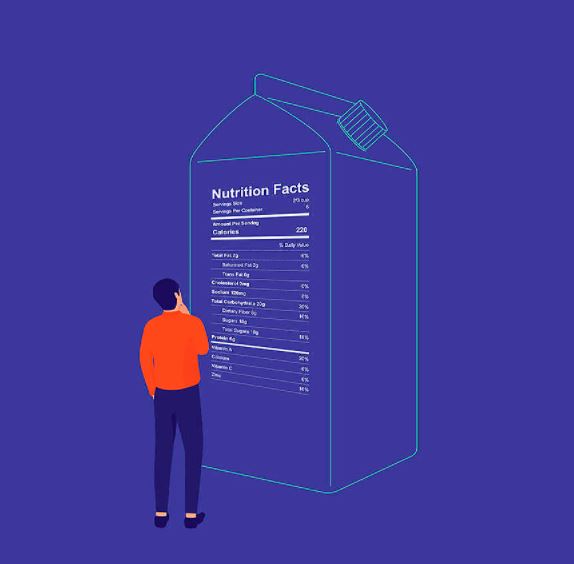Food labelling in India: Front-of-package labelling – Need, opposition, and the way forward

Context: The Food Safety and Standards Authority of India (FSSAI) is expected to issue a draft regulation for labels on the front of food packets that will inform consumers if a product is high in salt, sugar and fat.

Why do we need front-of-package labelling?
While the FSSAI requires mandatory disclosure of nutrition information on food packets, this is located on the back of a packet and is difficult to interpret.
- In the past three decades, the country’s disease patterns have shifted.
- While mortality due to communicable, maternal, neonatal, and nutritional diseases has declined and India’s population is living longer, non-communicable diseases (NCDs) and injuries are increasingly contributing to the overall disease burden.
- In 2016, NCDs accounted for 55% of premature death and disability in the country.
- Indians also have a disposition for excessive fat around the stomach and abdomen which leads to an increased risk of cardiovascular disease and type 2 diabetes.
- According to the National Family Health Survey-5 (2019-2021), 47.7% of men and 56.7% of women have a high-risk waist-to-hip ratio.
- Increased consumption of packaged and junk food has also led to a double burden of undernutrition and overnutrition among children.
- According to an analysis by the Comprehensive National Nutrition Survey in India (2016-2018), over half of the children and adolescents, whether under-nourished or with normal weight, are at risk of cardiovascular diseases.
Reducing sugar, salt, and fat is among the best ways to prevent and control non-communicable diseases.
The recent decisions that are taken by FSSAI
- Three important decisions were taken by FSSAI on what would be the content of the draft regulations on front-of-package labelling at a stakeholder’s meeting recently.
- These included:
- Threshold levels to be used to determine whether a food product was high in sugar, salt and fat.
- The implementation will be voluntary for a period of four years before it is made mandatory.
- The health-star rating system would be used as labels on the basis of a study commissioned by the FSSAI and conducted by IIM-Ahmedabad.
Contention over the recent decisions taken by FSSAI:
- The food industry agreed with the FSSAI’s decision on the issue of mandatory implementation and use of ratings and sought more time to study the issue of thresholds.
- The World Health Organization representative said the threshold levels were lenient, while the consumer organisations opposed all three decisions.
- The biggest contention is over the use of a health-star rating system that uses 1/2 a star to five stars to indicate the overall nutrition profile of a product.
Why is there opposition to the rating system?
- Experts say that so far there is no evidence of the rating system impacting consumer behaviour.
- The stars can also lead to a ‘health halo’ because of their positive connotation making it harder to identify harmful products.
- Over 40 global experts have also called the IIM-Ahmedabad study flawed in design and interpretation.
Way forward
- There are many other labelling systems in the world, such as “warning labels”.
- Global studies have shown a warning label is the only format that has led to a positive impact on food and beverage purchases forcing the industry to reformulate its products to remove major amounts of sugar and salt.
Practice Question for Mains
- Discuss the need of introducing Front of-package labelling in India (150 Words, 10 marks).
If you like this post, please share your feedback in the comments section below so that we will upload more posts like this.

